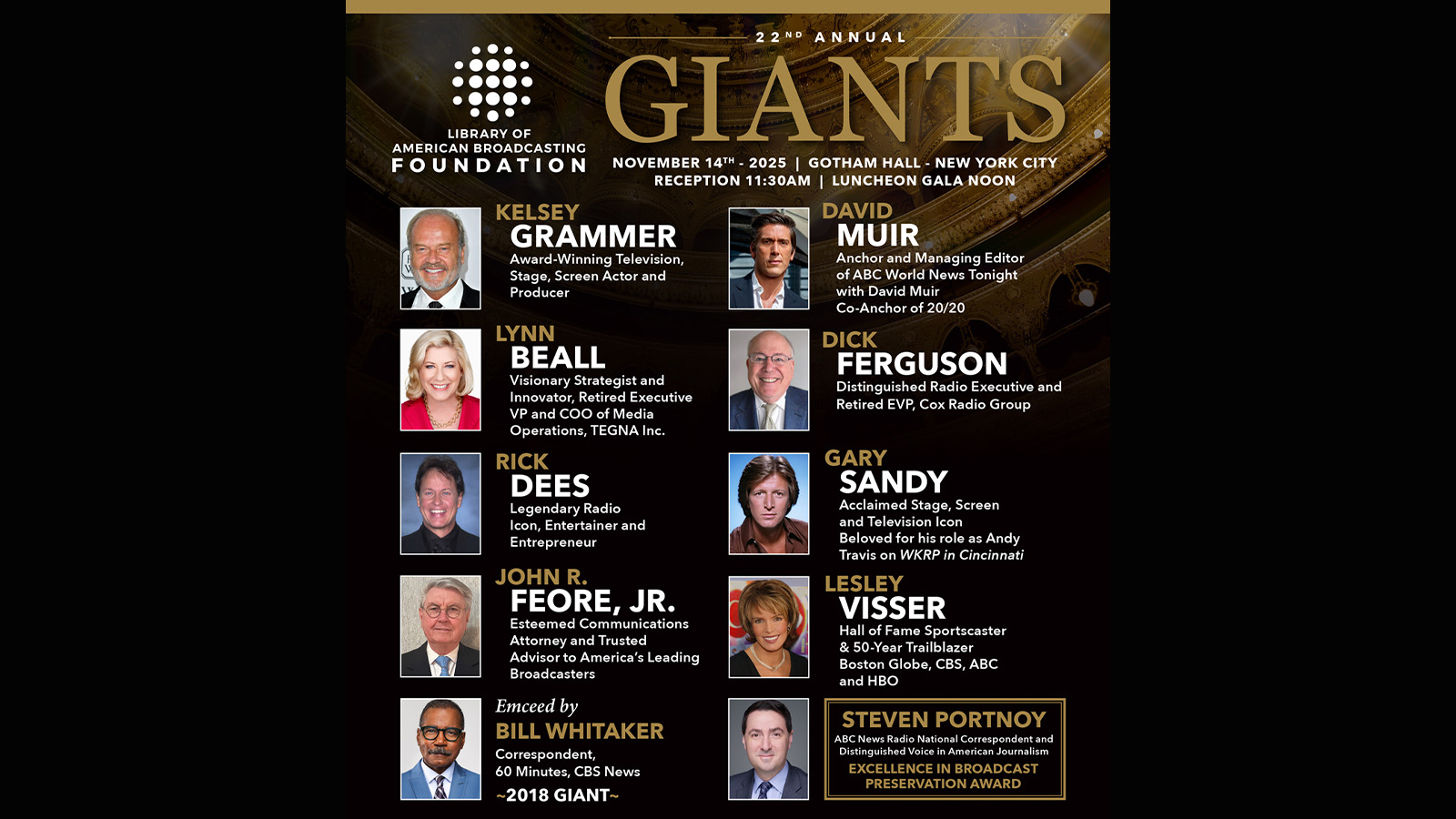Sinclair Joins Pearl TV Station Consortium
The move unifies two top leaders in the development and rollout of NextGen TV

WASHINGTON—Sinclair Broadcast Group has joined the Pearl TV station consortium, taking the number of major TV group members to nine and extending the Pearl member station count to more than 750 stations—nearly half of all U.S. broadcast TV stations.
“We are very pleased that Sinclair is joining Pearl TV in commercialization efforts to offer consumers the new NextGen TV services across the country,” said Pearl TV Managing Director Anne Schelle. “The entire broadcast industry, including the TV networks and a large cross section of group owners, is committed to a successful rollout of ATSC 3.0.”
Sinclair, which has played a leading role in the development and deployment of NextGen TV, until now has chosen to remain independent while cooperating with Pearl TV in various respects. By joining the consortium, Sinclair not only adds station numbers and reach to Pearl TV, but also considerable engineering and market development resources.
The Pearl TV consortium, which now includes Cox Media Group, Graham Media Group, Gray Television, Hearst Television, Meredith Local Media Group, Nexstar Media Group, the E.W. Scripps Company, TEGNA and Sinclair, is coordinating 11 local stations participating in the Phoenix Model Market project. Its goal is to incubate new NextGen TV services and gauge consumer response.
“We are excited to link arms with Pearl to ensure that the coming transition to ATSC 3.0 can be both swift and achievable,” said Chris Ripley, president and CEO of Sinclair.
Sinclair views the opportunities stemming from NextGen TV as “a fresh start” for over-the-air broadcasting, he said.
To that end, the station group has “invested in and committed to improving over-the-air broadcasting so that it can better compete in today’s marketplace,” said Ripley.
In the fourth quarter of 2019, research from Magid identified areas in which NextGen TV can improve the over-the-air offering of TV stations based on the reaction of consumers. They included consistent audio levels normalized to minimize the difference in volume between programs; 4K HDR; immersive audio; and multiple audio tracks to allow viewers to, for instance, choose between home and away game commentary.
Get the TV Tech Newsletter
The professional video industry's #1 source for news, trends and product and tech information. Sign up below.
According to Schelle, normalized audio levels and dialogue boost that raises the dialogue level above background noise will be immediately available at the launch of NextGen TV.
The ATSC 3.0 spectrum consortium Spectrum Co, founded by Sinclair, has a long history of working with many members of Pearl TV, said Mark Aitken, Sinclair senior vice president and president of Sinclair’s ONE Media 3.0 LLC, in a phone interview following the announcement.
While Spectrum Co and ONE Media are not a part of today’s announcement, the relationships they have built to help enable a non-mandated rollout of NextGen TV based on channel-sharing agreements underscore what can be accomplished with closer cooperation, he said.
“We are very much engaged in developing the rollouts in a large part of the 61 [NextGen TV] markets that have been identified,” said Aitken.
“It makes more sense to formalize that relationship with Pearl to make sure that all of the broadcasters are at the table and understand the need to make a market transformation,” he said.
Aitken pointed to last month’s CES 2020 in Las Vegas where LG Electronics, Samsumg and Sony announced that together they would introduce 20 NextGen TV models this year as an example of how closely Pearl TV and Sinclair have worked together to achieve success with NextGen TV.
“The reality is that both Sinclair and Pearl worked very hard to make CES the launching pad for the commercialized [NextGen TV] product that we otherwise have no control over. CES was a success.”
For a comprehensive source of TV Technology’s NextGen TV coverage, see our NextGen TV silo.
Phil Kurz is a contributing editor to TV Tech. He has written about TV and video technology for more than 30 years and served as editor of three leading industry magazines. He earned a Bachelor of Journalism and a Master’s Degree in Journalism from the University of Missouri-Columbia School of Journalism.

